Introduction
Fresh young ginger, known for its vibrant color, crisp texture, and mild, slightly sweet flavor, is a cherished ingredient in many cuisines worldwide. Its versatility makes it indispensable in dishes ranging from stir-fries and soups to marinades and desserts. However, as autumn approaches and winter looms, the challenge of preserving this delicate root becomes paramount for those who wish to enjoy its benefits throughout the colder months. This comprehensive guide explores various methods to preserve fresh young ginger, ensuring that its freshness and flavor are retained until winter.
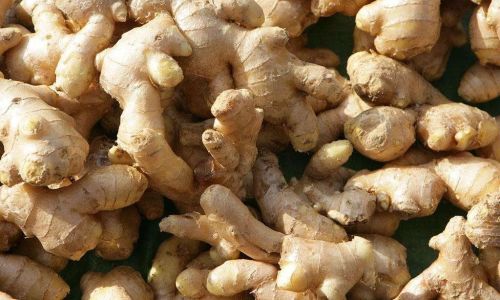
Understanding Fresh Young Ginger
Before diving into preservation techniques, it’s crucial to understand the unique characteristics of fresh young ginger. Unlike mature ginger, which has a stronger, more pungent taste and a fibrous texture, young ginger is characterized by its tender skin, juicy flesh, and subtle aroma. It is typically harvested earlier in the growing season, making it more delicate and perishable.
Why Preserve Fresh Young Ginger?
Preserving fresh young ginger is not just about extending its shelf life; it’s also about capturing and maintaining its delicate flavor and nutritional profile. Rich in antioxidants, vitamins, and minerals, young ginger offers numerous health benefits, including aiding digestion, reducing inflammation, and boosting the immune system. By preserving it correctly, you can enjoy these benefits year-round.
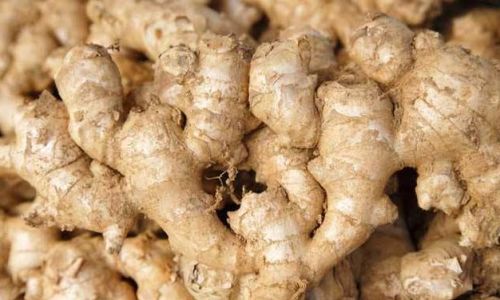
Choosing the Right Ginger
The first step in preserving fresh young ginger is selecting high-quality specimens. Look for firm, smooth roots with tight, shiny skin and no signs of mold or soft spots. The color should be a vibrant yellow-green, indicating freshness. Avoid ginger that feels lightweight or has wrinkled skin, as these are signs of aging.
Basic Storage Techniques
-
Refrigeration: For short-term preservation (up to two weeks), refrigerating fresh young ginger is the simplest method. Wrap the ginger tightly in plastic wrap or place it in an airtight container to prevent moisture loss. Store it in the crisper drawer of your refrigerator, where humidity is higher.
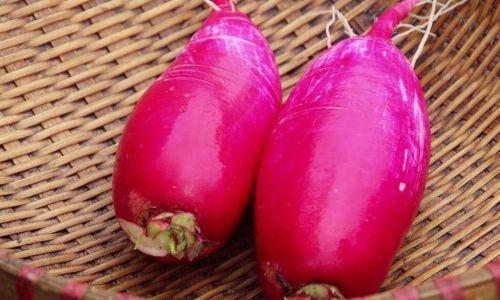
-
Freezing: For longer-term storage, freezing is an effective option. Peel the ginger, slice or grate it, and then place it in an airtight container or freezer bag. Removing excess air before sealing helps prevent freezer burn. Frozen ginger retains its flavor well but may lose some texture upon thawing, making it ideal for cooked dishes rather than raw consumption.
Advanced Preservation Techniques
For those seeking more sophisticated methods to preserve fresh young ginger, several traditional and innovative techniques are available.
-
Pickling: Pickling ginger not only preserves it but also adds a tangy, refreshing flavor. Start by washing and slicing the ginger into thin strips. Prepare a brine solution using vinegar, sugar, and salt to taste, and bring it to a boil. Pack the ginger strips into a clean jar, pour the hot brine over them, and let it cool before sealing. Store the pickled ginger in the refrigerator for up to several months.
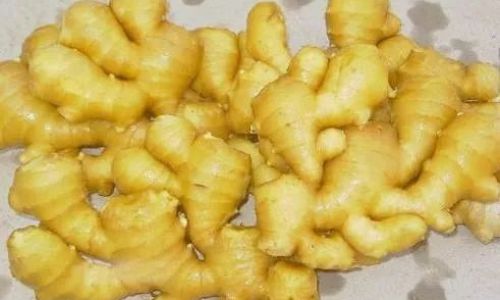
-
Candying: Candied ginger is a sweet, chewy treat that preserves the ginger’s natural flavors beautifully. Peel and slice the ginger thinly, then simmer it in a simple syrup made from water and sugar until translucent. Drain and dry the ginger slices on a wire rack, then coat them in granulated sugar to prevent sticking. Candied ginger can be stored in an airtight container at room temperature for several weeks or refrigerated for longer periods.
-
Drying: Dried ginger has a concentrated flavor and can be stored indefinitely if done correctly. Peel and slice the ginger thinly, then dry it using a food dehydrator, oven, or even sunlight. Dried ginger should be stored in an airtight container in a cool, dark place. It’s perfect for making teas, spices, and baking.
-
Fermenting: Fermented ginger, also known as ginger bug or ginger beer plant, is a traditional preservation method that creates a probiotic-rich food. Prepare a starter culture using fresh ginger, sugar, and water, then feed it daily until it develops a bubbly, vinegar-like smell. Use this starter to ferment a batch of ginger, which can be stored in the refrigerator for several weeks. Fermented ginger adds a unique tang to dishes and drinks.
Conclusion
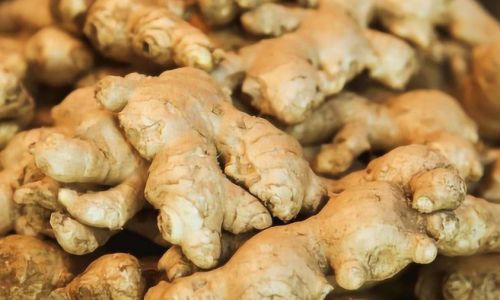
Preserving fresh young ginger for winter doesn’t have to be a daunting task. With a variety of techniques at your disposal, from basic refrigeration and freezing to advanced pickling, candying, drying, and fermenting, you can ensure that this versatile ingredient remains a staple in your kitchen throughout the colder months. Each method offers unique benefits and flavors, allowing you to tailor your preservation approach to your culinary preferences and storage needs.
Remember, the key to successful preservation is starting with high-quality ginger and following the steps meticulously. By doing so, you’ll be rewarded with the delightful taste and health benefits of fresh young ginger, even when the snow is falling outside. So, gather your ginger, choose your preservation method, and enjoy the sweet, spicy flavors of summer all winter long.
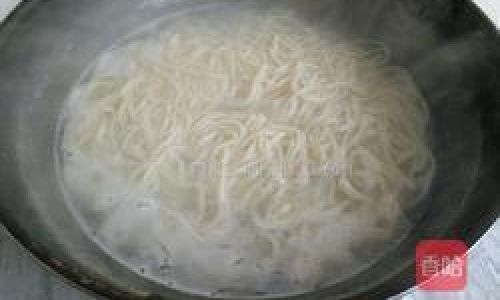
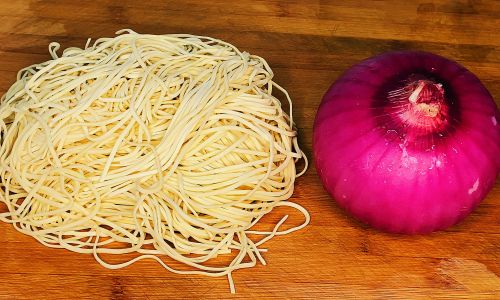
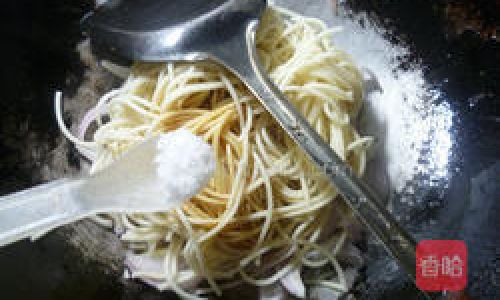
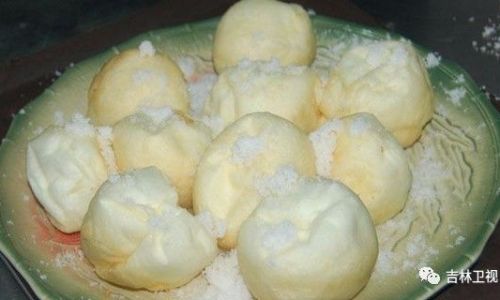
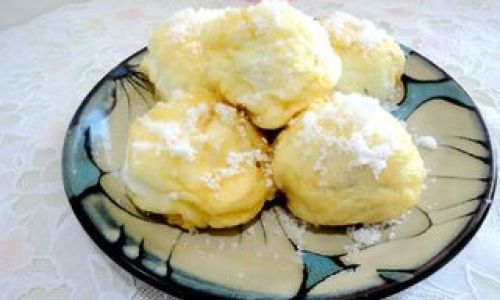
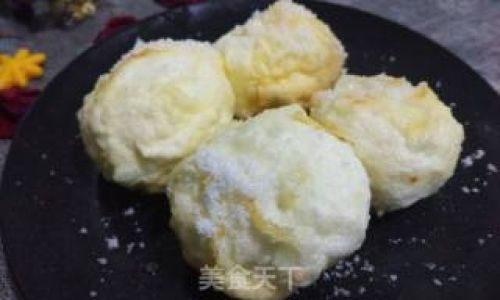
0 comments